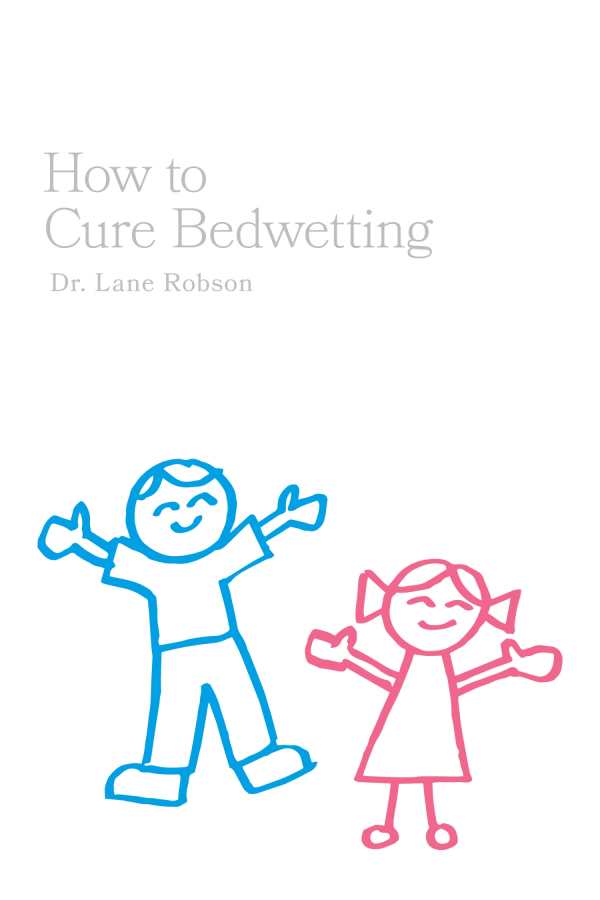How To Cure Bedwetting
This work draws on forty years of a physician’s experience to present a commonsense approach to curing bedwetting.
In How to Cure Bedwetting, Calgary-based physician Lane Robson, who opened a specialized bedwetting clinic in 2006, offers extensive, straightforward advice for parents struggling to regulate their children’s toilet habits. Explaining the anatomical and behavioral reasons behind bedwetting, he gives practical tips for curing the problem within six to twelve months.
The book reveals that there are three main causes of bedwetting: the bladder being smaller than average, the kidneys making more urine than the bladder can hold, and the brain not waking the child when the bladder is full. Many will be surprised to learn that bowel habits are just as important as urinary health when it comes to preventing toilet accidents. Daytime wetting can also be related to personality: a child engrossed in playtime might not stop to use the bathroom. In matter-of-fact language, Robson lists key steps for confronting the problem, such as ensuring regular bowel movements and overnight alarm training.
The book is logically structured and uses subheadings, bullet points, checklists, and informational tables to arrange its copious information in a reader-friendly manner. The advice is always concrete and realistic, as when the author emphasizes that a child must have a bowel movement each morning before going to school, to free up bladder space. The book is equally able to generalize—most patients come to Robson aged seven or eight and are cured within a year, with a relapse in just 10 percent of cases—and to recognize the diversity of children’s experience. For example, a useful appendix lists hydration and sleep requirements depending on a child’s weight and age.
Chapters 8 through 10, which recap the book’s main tips and debunk some common myths about bedwetting, should prove particularly reassuring for anxious parents. On the other hand, the chapter on alarm therapy, while usefully detailed, is overlong and somewhat repetitive; it also uses some gimmicky acronyms (STP = “Stop the Pee”; BTB = “Beat the Buzzer”). Throughout, the text generally refers to “pee” and “poop.” Perhaps this is meant to connect with parents in a conversational way, but phrases like “the hardness of the poop” can sound silly coming from a medical doctor. Combined with the simplistic cover design, this detracts slightly from the professionalism of the work. All the same, this compendium of knowledge, drawing as it does on the author’s forty years of experience, should answer every possible question on the subject.
Highly recommended to parents of younger elementary school children, this book will be an invaluable reference in tackling bedwetting.
Reviewed by
Rebecca Foster
Disclosure: This article is not an endorsement, but a review. The publisher of this book provided free copies of the book and paid a small fee to have their book reviewed by a professional reviewer. Foreword Reviews and Clarion Reviews make no guarantee that the publisher will receive a positive review. Foreword Magazine, Inc. is disclosing this in accordance with the Federal Trade Commission’s 16 CFR, Part 255.

